Valentin Lassaussois’s little watchmaking lexicon
Watchmaking is a Lassaussois family trade. Jean Lassaussois’s son, Valentin, a tick-tock fanatic in more than one respect, has invited us into his workshop to show us the fascinating world of watchmaking. Be it tweezers, the mainspring winder, the oiler or the watch case press, after reading this article, you will know your watchmaking vocabulary by heart. Time for some terminology.
With the help of – and inspired by – the Fondation de la Haute Horlogerie, here is a little watchmaking lexicon to better understand the technical vocabulary Valentin Lassaussois uses in Frank Sans C’s latest video.
The watch hand remover
A tool that lets you remove the hands that are encased in the dial.
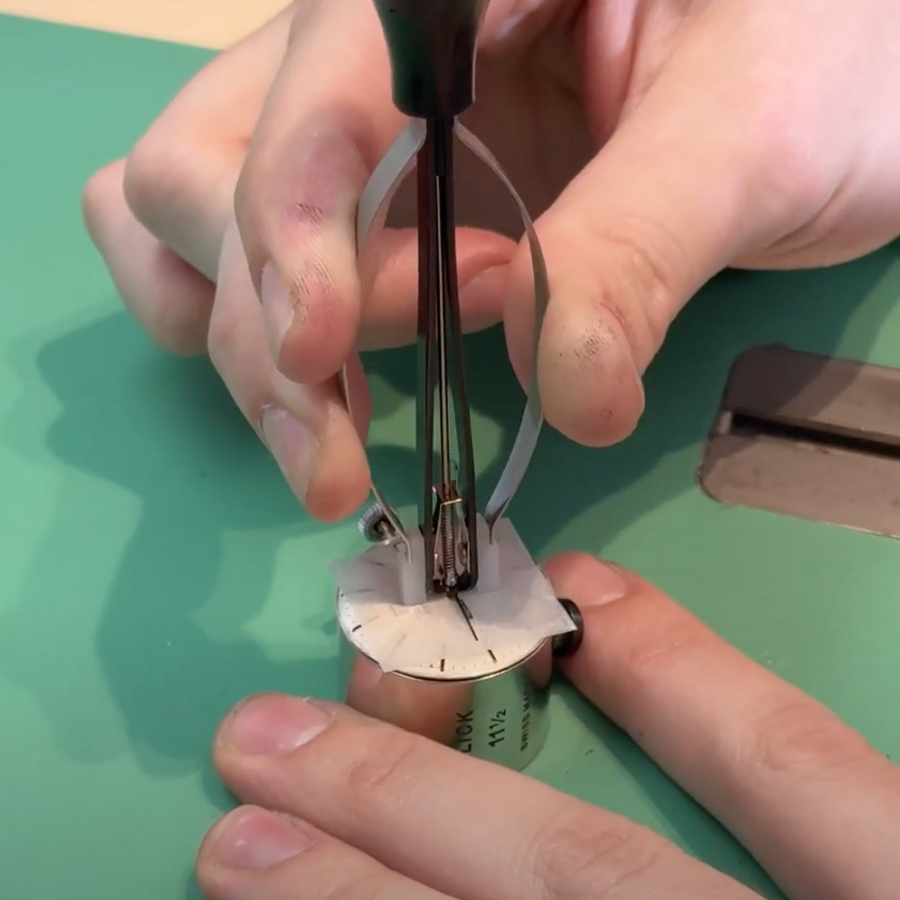
The tweezers
A small instrument used for manipulating the delicate elements of the calibre. The tweezers get sharper as a result of wearing.
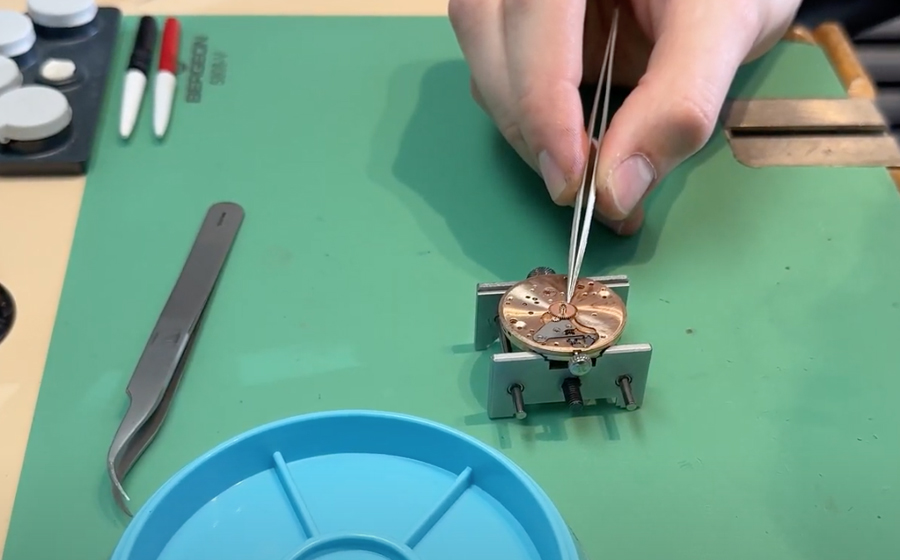
The hand setting tool
A tool used to set the hands on the dial by applying even pressure.
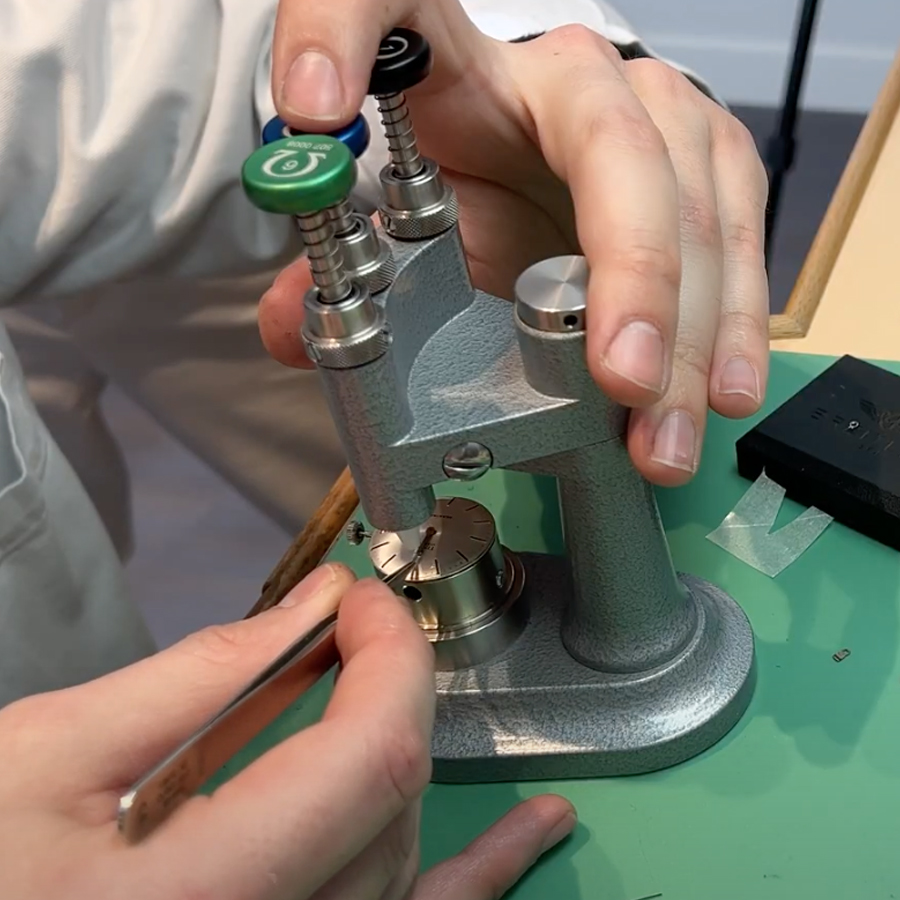
The mainspring winder
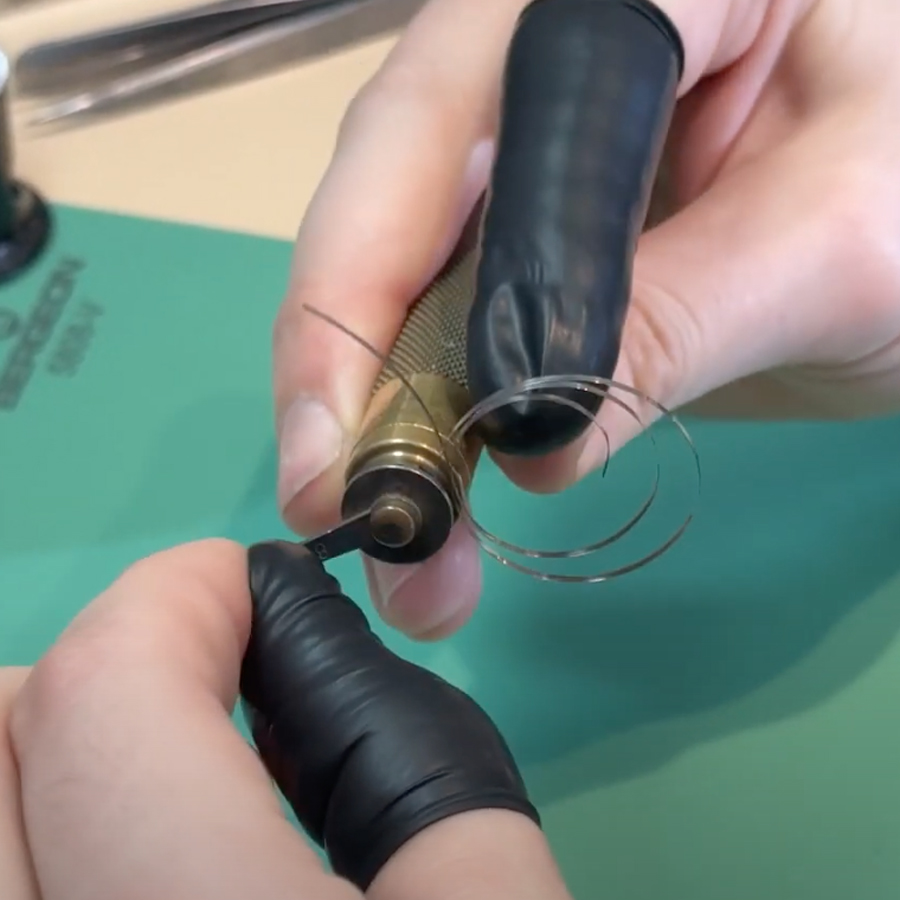
An instrument for winding and compressing the mainspring in order to fit it into the spring barrel. The different arbors are each adapted to a certain drum size, which defines the size of the wound mainspring.
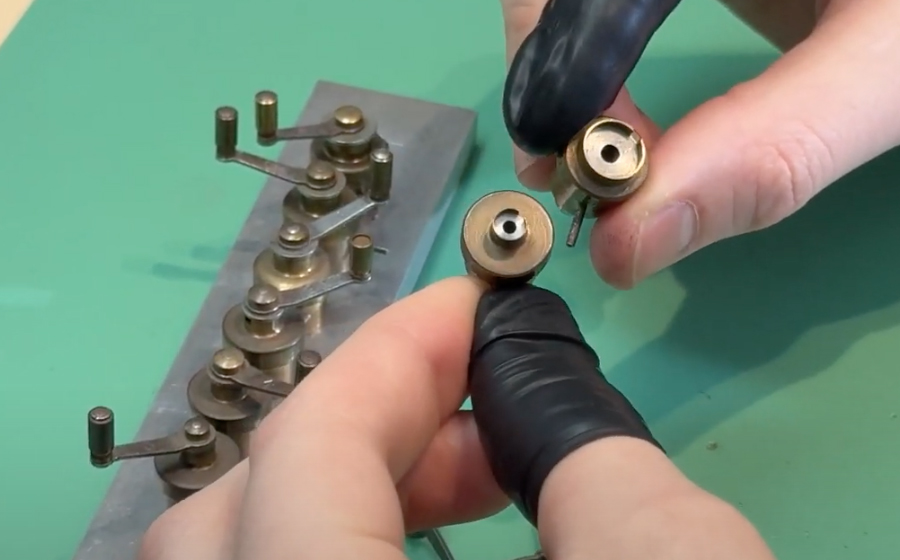
The eye loupe
The eye loupe or ‘eye loupe magnifyer’ is a watchmaking tool that serves as a sort of microscope. The watchmaker places it under the eye. There are different magnifications depending on what kind of work is required. Valentin’s eye loupe is equipped with a hole for ventilation, which prevents condensation on the lense. It can also be useful to read the small print on certain pieces.
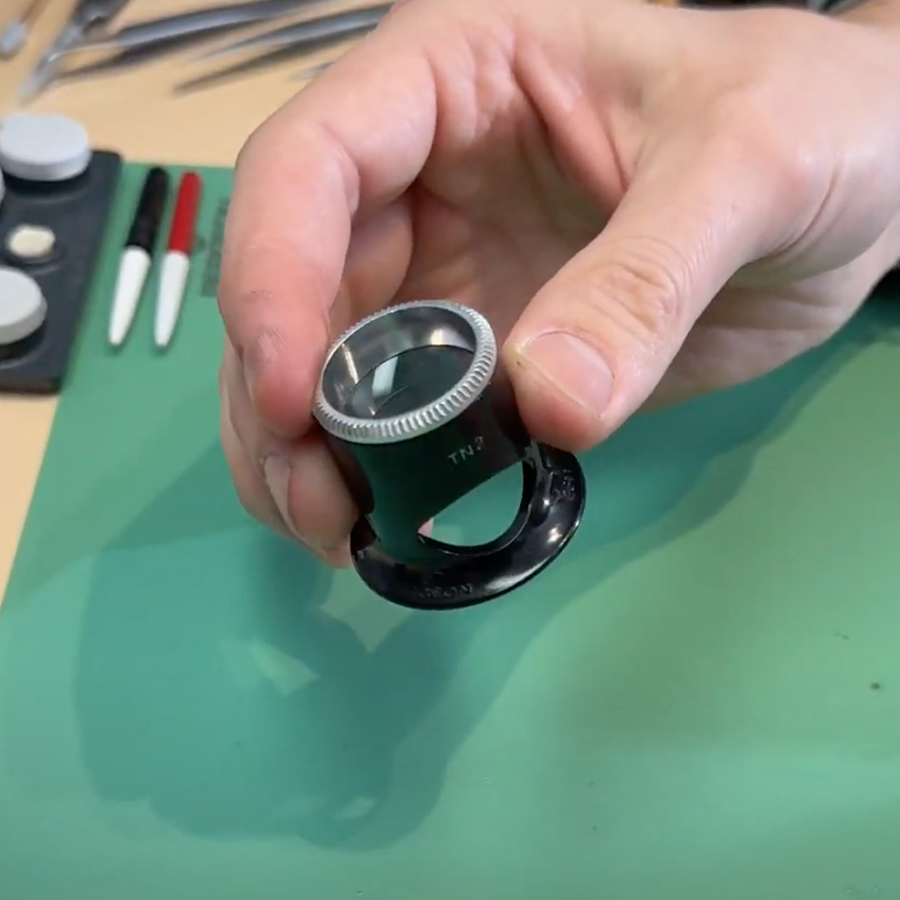
The school piece
The school piece or ‘montre-école’ is the watchmaking student’s crowning school project. The student is tasked with creating, assembling, and putting the finishing touches on this handmade timepiece.
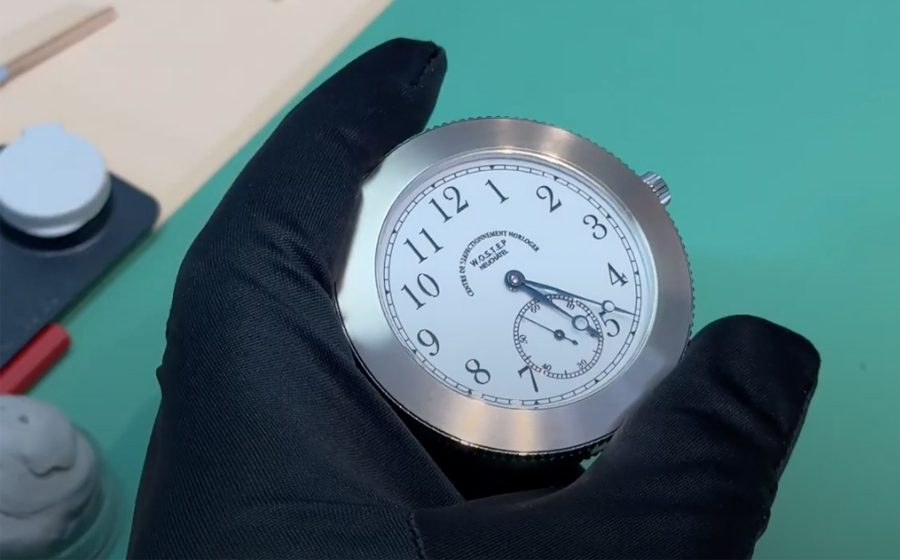
This is a fine example of the craftsmanship a student learns while at watchmaking school.
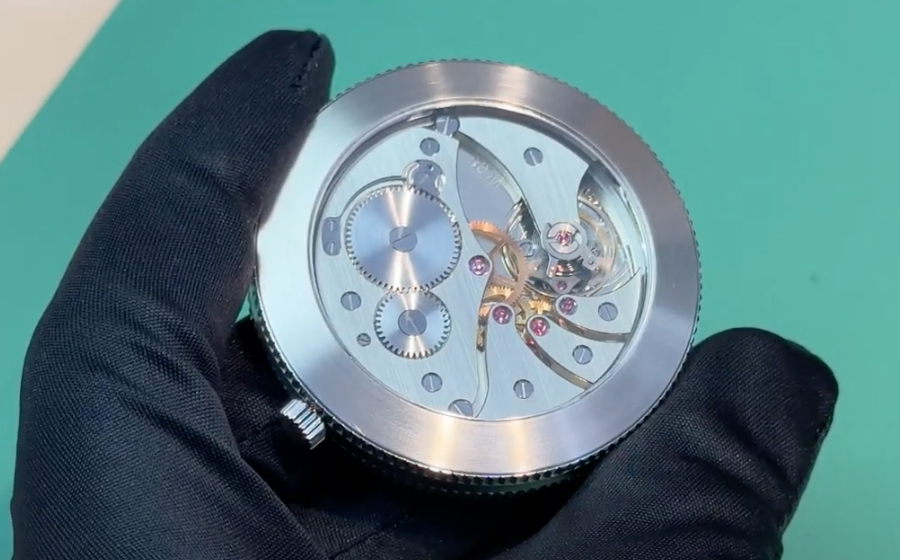
The oiler
A pen-shaped tool with a long thin shaft and a spade at the tip to draw up oil, which will then be deposited into the jewels. There are different types of oils adapted to different rotation speeds. A final detail is that watchmakers use oil for the jewels but grease for the friction points.
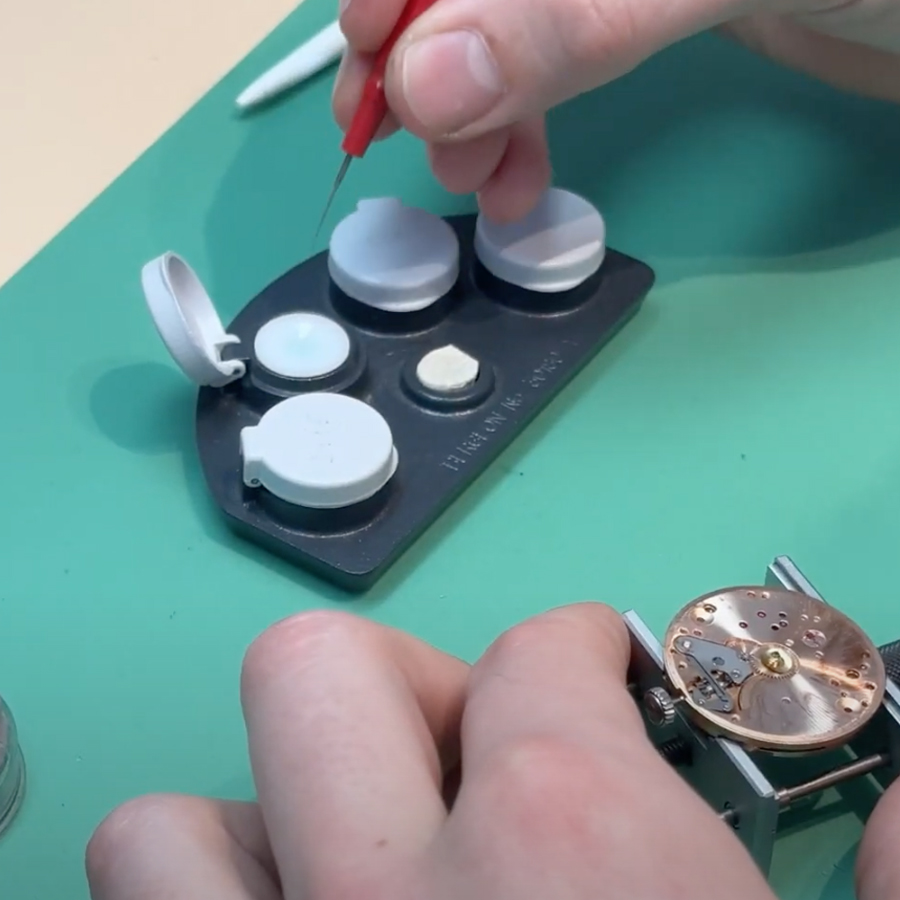
The watch case press
This press is a special tool used to open and seal screwed-down case backs. The modular component of the press is made to fit perfectly over the notching on the case back. Each watch model and brand have a different case back, so the watchmaker must pick the modular component accordingly.
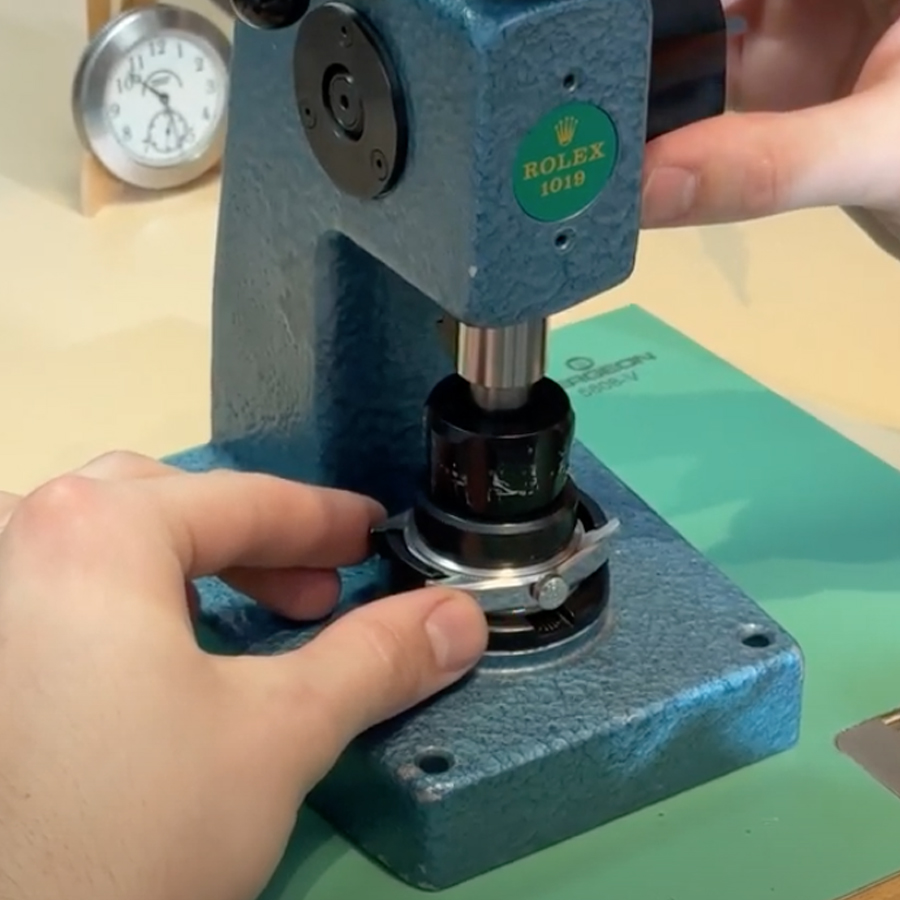
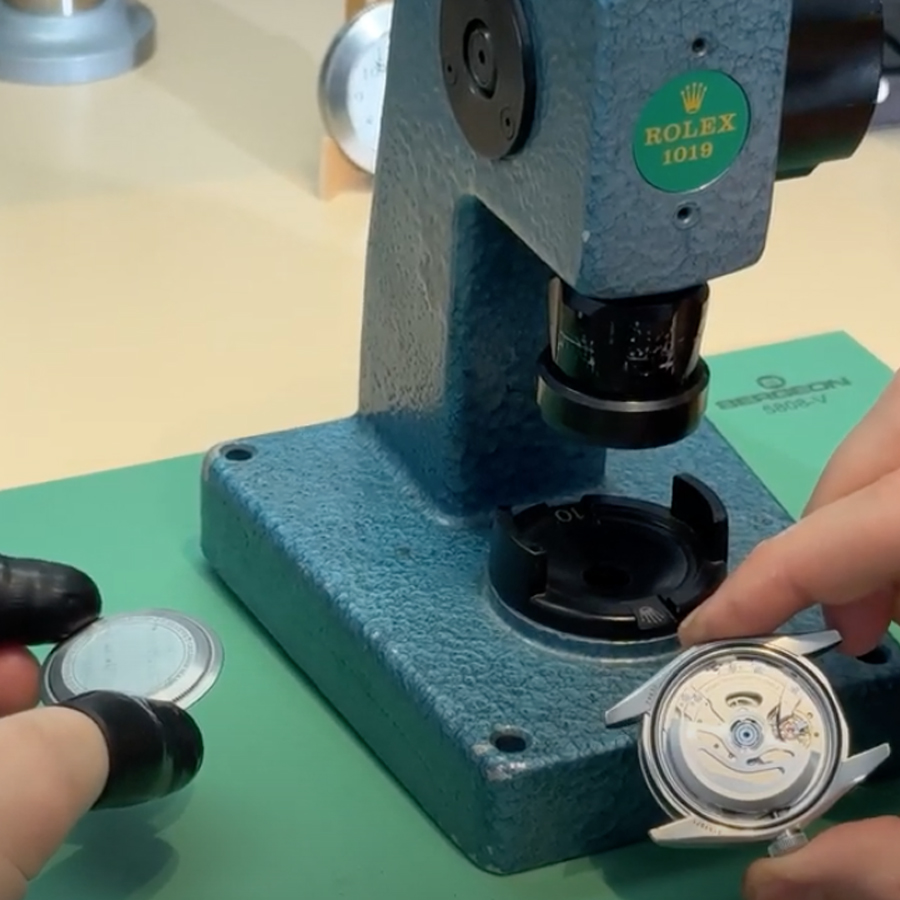
The authorisation is given by the different brands to manipulate and fix their watches, providing watchmakers with unique tools, spare parts, and technical support material for their movements. Valentin’s workshop is certified by Tudor, Longines, Breitling, Omega, and Tissot.
Rodico
A special cleaning putty used in watchmaking workshops to clean the different parts of the watch, to remove dust, fingerprints, oil, or the various watchmaker’s tools.
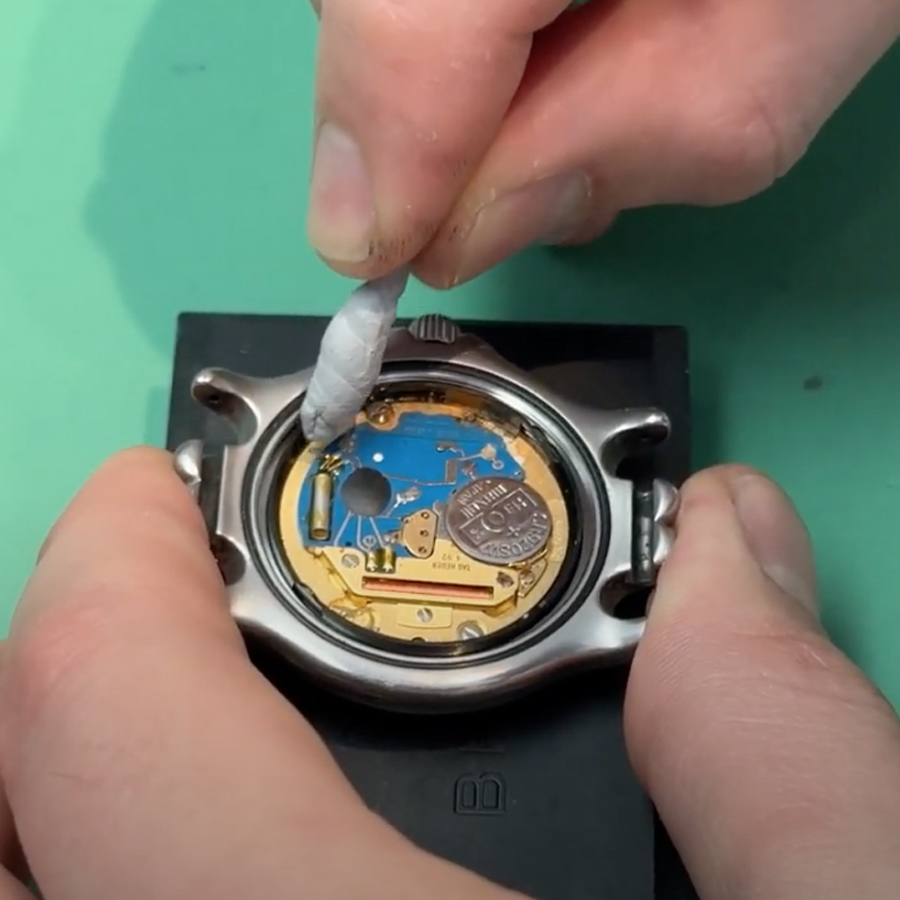
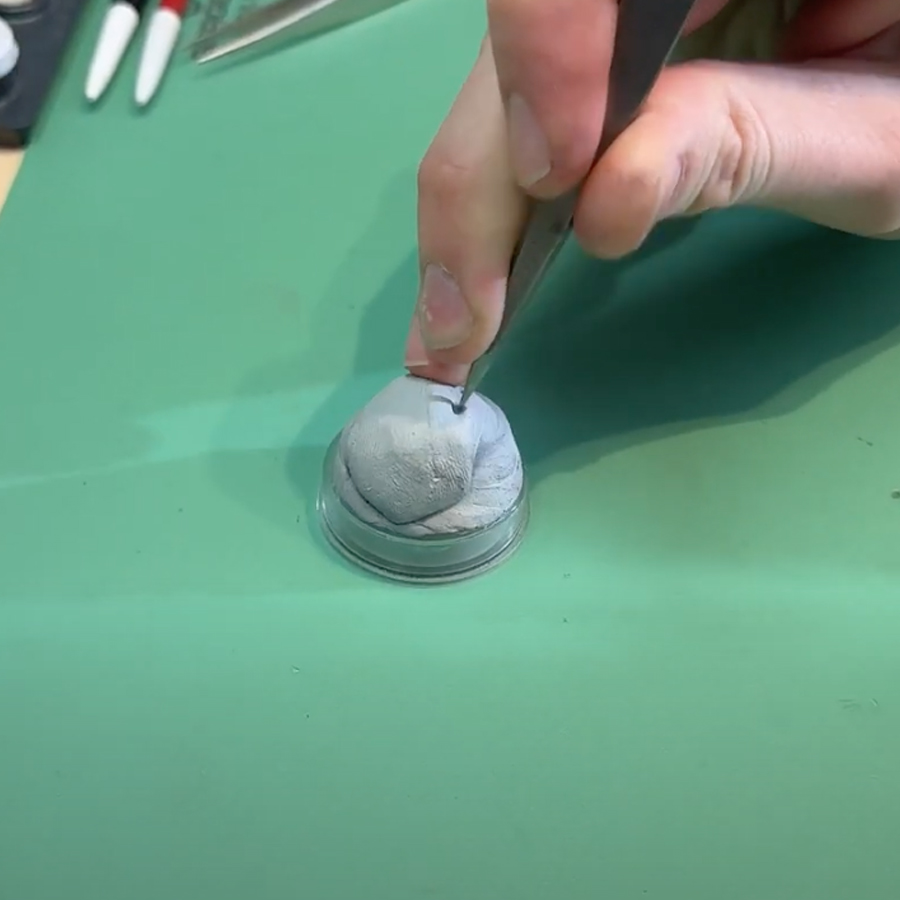
To learn more about the watchmaking lexicon,
click the link below:
THE “FONDATION DE LA HAUTE HORLOGERIE” WEBSITE
LASSAUSSOIS LES MONTRES LES BIJOUX WEBSITE
See also: Frank Sans C’s watchmaking lexicon
Read also: